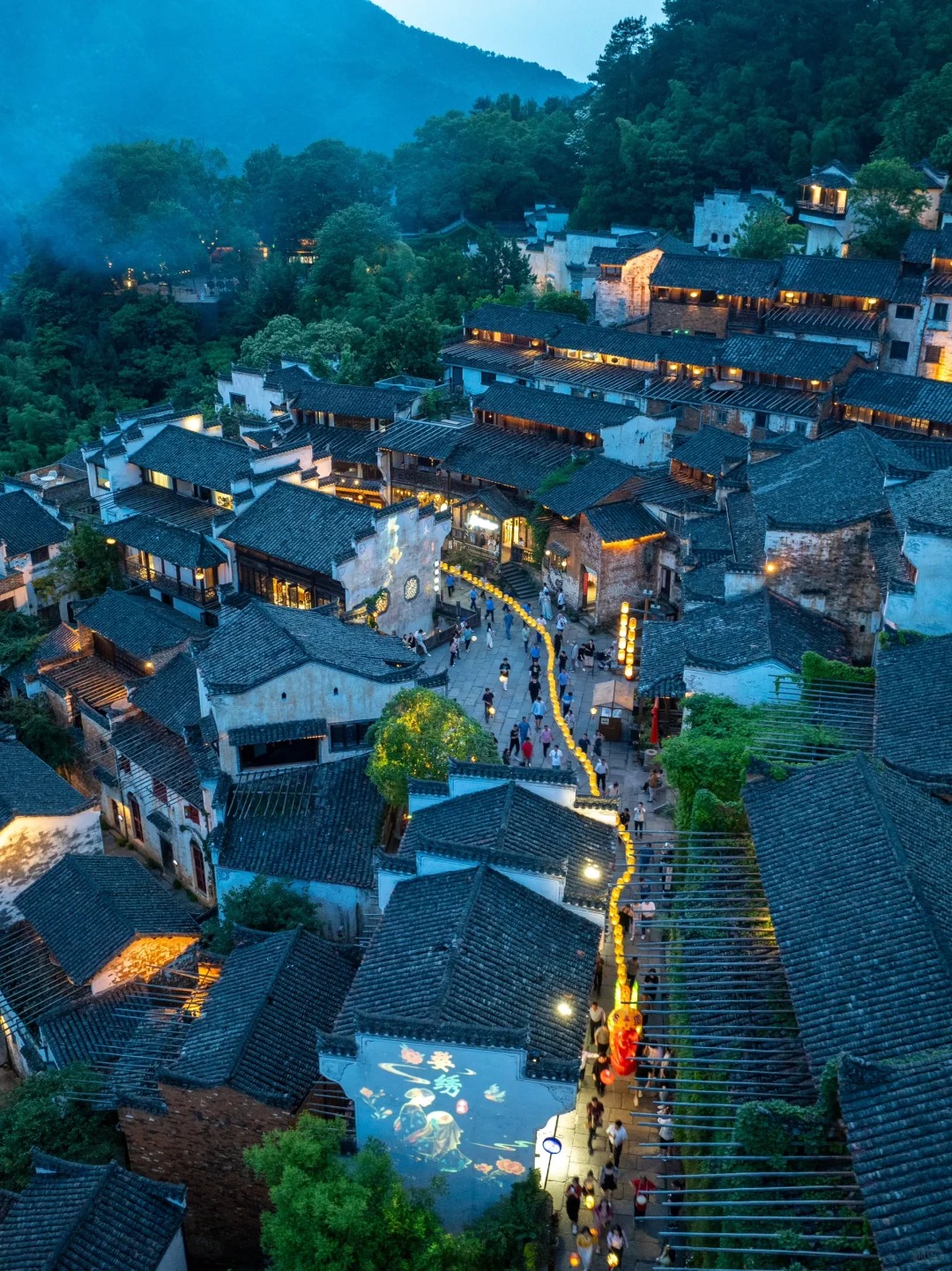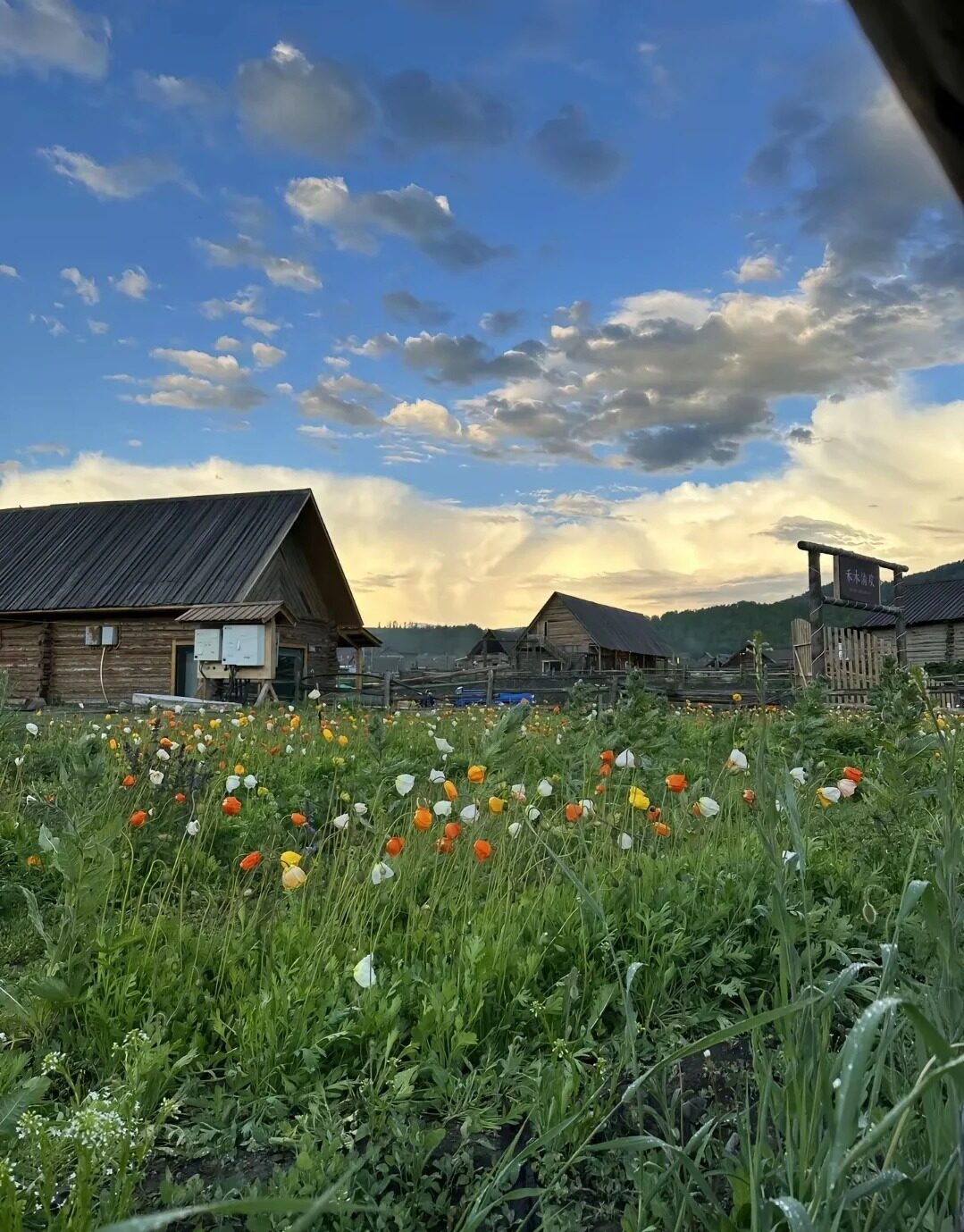Introduction to China’s Beautiful Villages
China’s vast landscape is dotted with countless villages, each telling a unique story of the country’s rich cultural tapestry. From water towns crisscrossed by ancient canals to mountain hamlets shrouded in mist, these rural gems offer a glimpse into China’s soul.
The importance of villages in Chinese culture cannot be overstated. They are the keepers of traditions, the guardians of ancient wisdom, and living museums of architectural heritage. In a rapidly modernizing China, these villages serve as crucial links to the nation’s past.
Selecting the most beautiful villages involves considering various factors:
- Architectural preservation
- Natural scenery
- Cultural significance
- Unique characteristics

Ancient Water Towns of Eastern China
Wuzhen: Venice of the East
Wuzhen, located in Zhejiang Province, is a prime example of China’s enchanting water towns. Its well-preserved Ming and Qing dynasty architecture, coupled with a network of canals, creates a mesmerizing atmosphere.
Key Features:
- Stone bridges and wooden houses
- Traditional workshops (silk, indigo dyeing)
- Evening boat rides with lantern-lit scenery
Best Time to Visit: Spring (March-May) for mild weather and fewer crowds

Hongcun: Crescent Moon Village
Nestled in Anhui Province, Hongcun is renowned for its ox-shaped layout and intricate water system. This UNESCO World Heritage site offers a perfect blend of natural beauty and architectural marvel.
Must-See Attractions:
- Moon Pond at the village center
- Ancestral Memorial Hall
- Picturesque Huangshan (Yellow Mountain) nearby
Scenic Mountain Villages
Huangling: Rapeseed Flower Paradise
Perched on a hillside in Jiangxi Province, Huangling comes alive in spring when terraced fields burst with yellow rapeseed flowers. The village’s unique “shaiqiu” custom of sun-drying crops creates vibrant displays against ancient Hui-style architecture.
Highlights:
- Aerial walkways for panoramic views
- Traditional Hui architecture
- Photography opportunities during harvest season
Xiamei: Hidden Gem of Fujian
Tucked away in the Wuyi Mountains, Xiamei village showcases the best of Fujian’s rural charm. Its well-preserved Ming and Qing dynasty buildings are set against a backdrop of lush mountains and clear streams.
Activities:
- Tea plantation visits
- Hiking in Wuyi Mountains
- Exploring ancient clan halls

Ethnic Minority Villages
Xijiang Miao Village: Largest Miao Settlement
Located in Guizhou Province, Xijiang is home to the Miao ethnic group, known for their vibrant costumes and rich cultural traditions.
| Festival | Time | Highlights |
|---|---|---|
| Sisters’ Meal Festival | April | Traditional courtship rituals |
| Lusheng Festival | October | Reed pipe performances, bull fights |
Cultural Experiences:
- Silver jewelry making workshops
- Traditional Miao dance performances
- Batik fabric dyeing demonstrations
Dali Old Town: Bai Minority Culture
Situated in Yunnan Province, Dali Old Town offers a unique blend of Bai minority culture and stunning natural scenery.
Key Attractions:
- Three Pagodas of Chongsheng Temple
- Foreigner Street for international cuisine
- Erhai Lake for boating and cycling

Remote and Idyllic Countryside Villages
Xidi: A Glimpse into Ming Dynasty Life
Hidden in Anhui Province, Xidi village transports visitors back to the Ming Dynasty with its well-preserved residences and tranquil atmosphere.
Unique Features:
- Intricate wood carvings and stone carvings
- Ancient paifang (memorial archways)
- Opportunities for homestays with local families
Nanping Village: A Painter’s Paradise
Nestled in the Huangshan area, Nanping is famed for its picturesque landscapes that have inspired countless Chinese painters and poets.
Highlights:
- Hui-style architecture against misty mountains
- Traditional tofu-making workshops
- Hiking trails with stunning vistas

Coastal and Island Villages
Gulangyu: Piano Island
This car-free island off the coast of Xiamen boasts a unique blend of Chinese and colonial architecture, along with a rich musical heritage.
Must-Do Activities:
- Visit the Piano Museum
- Stroll through Shuzhuang Garden
- Enjoy seafood at Longtou Road Food Street
Xiapu Fishing Villages: A Photographer’s Dream
The mudflats and fishing villages of Xiapu County in Fujian Province offer some of China’s most photogenic coastal scenes.
Photography Hotspots:
- Fishermen casting nets at sunrise
- Seaweed farms at low tide
- Traditional fishing boats against dramatic skies

Practical Travel Tips for Visiting Chinese Villages
- Transportation:
- High-speed trains to nearby cities, then local buses or hired cars
- Consider hiring a local guide for remote villages
- Accommodation:
- Boutique hotels in more touristy villages
- Homestays for authentic experiences in rural areas
- Cultural Etiquette:
- Ask permission before photographing people
- Respect local customs and dress modestly
- Learn a few basic Chinese phrases
- Photography Tips:
- Golden hours (early morning and late afternoon) for best light
- Capture daily life scenes for authentic representations
- Use a tripod for low-light situations in narrow alleys
By exploring these beautiful villages, travelers can experience the heart and soul of rural China, gaining insights into the country’s rich cultural heritage and natural beauty.





